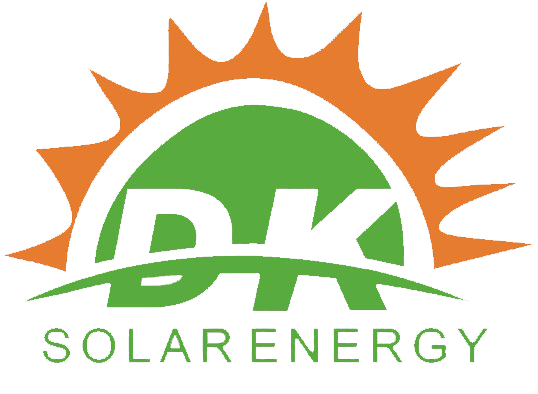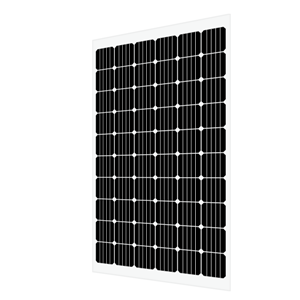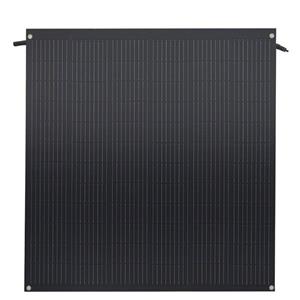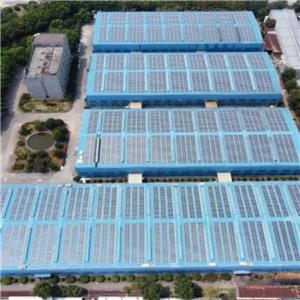-
1906-2023
Xindongke energy rooftop solar panels for the Germany market.
Rooftop solar panels are photovoltaic (PV) panels that are installed on the roofs of residential, commercial, and industrial buildings to capture and convert sunlight into usable electricity. These panels consist of multiple solar cells made from semiconductor materials, typically silicon, which generate direct current (DC) electricity when exposed to sunlight.
-
0806-2023
Polymer substrate photovoltaic front sheet and back sheet
The photovoltaic front sheet and back sheet are very important for the solar panels encapsulation. In general, the photovoltaic backsheet is mostly PET based polymer materials, while the front plate is mostly photovoltaic glass. Photovoltaic backsheet mainly has three layers, the outer layer is mostly fluorine-containing polymer film, which has good environmental corrosion resistance; the middle layer is PET layer, which has good insulation performance, and the inner layer has good bonding effect with EVA and so on.
-
3005-2023
The latest breakthrough of Chinese scientists! Here comes the paper-like solar cell.
Ultra-thin, flexible solar cells are here! Chinese researchers have developed a technology to smooth the edges of a flexible monocrystalline silicon solar cell that is as thin as paper, 60 microns thick, and can bend and fold like paper.
-
2205-2023
POE as a main material is widely used for a double -glass/ bifacial solar panel encapsulation.
POE is usually a random copolymer elastomer of ethylene and high carbon α-olefins (1-butene, 1-hexene, 1-octene, etc.) It is precisely because of its special properties that POE is widely used in photovoltaics, automobiles, construction, cables and other fields.
-
0905-2023
ETFE film characteristics and applications
ETFE is a kind of fluorine-containing polymer thermoplastic material, the chemical name ethylene tetrafluoroethylene copolymer, in the 1970s, by the United States NASA and DuPont company jointly developed, and applied in the field of space. Because ETFE has strong light transmission and heat insulation, it is soon widely used in various fields.
-
1304-2023
What’s the solar panel manufacturing process?
At present, the automation degree of the new photovoltaic module production line in China is relatively high. The specific production process of the module includes: laser slicing, cells welding, stacking, lamination, framing, curing, cleaning, IV&EL testing and other links, and finally packaging into the warehouse, into the market.
-
2703-2023
Various types of solar patterned glass
What is patterned glass? Patterned(textured) glass is also a kind of glass, and there are different called such as "Patterned glass", “Embossed glass “or "Rolled glass", which is belong a kind of flat glass, it is made of flat glass by calendaring molding. Meanwhile, It is with a transmittance in the optical characteristics of non-transparent and rich patterns. It has the characteristics of good decoration and is widely used in various places. A few of common patterned glass patterns include wood style, water pattern, long stripes, ice flower, snowflake, crabapple flower...all belong to patterned glass.
-
1701-2023
History, Development and Future of Photovoltaic Technology
Photovoltaic silicon wafer technology: large-size, monocrystalline silicon, thin film solar cell, The big size of photovoltaic silicon wafer is an important development trend.
-
1001-2023
In 2022, the country's solar cells will become one of China's "Hot style goods " and sell well all over the world.
China is a major power in the photovoltaic industry, with exports of solar cells growing 74.3 percent year on year in the first 11 months of 2022, data from the General Administration of Customs showed. Meanwhile, other energy-saving products such as photovoltaic modules, wind power modules and household energy storage are also selling well overseas.
-
0401-2023
The market scale of monocrystalline silicon continues to expand, with photovoltaic as the main application field
The market scale of monocrystalline silicon continues to expand, with photovoltaic as the main application field. Monocrystalline silicon refers to the substance formed by silicon atoms in an arrangement, which is a relatively active non-metallic element crystal. Compared with polycrystalline silicon, monocrystalline silicon has the advantages of high photoelectric conversion efficiency, high mechanical strength, long service life, low fragmentation rate, and is widely used in photovoltaic power generation and semiconductor manufacturing.




